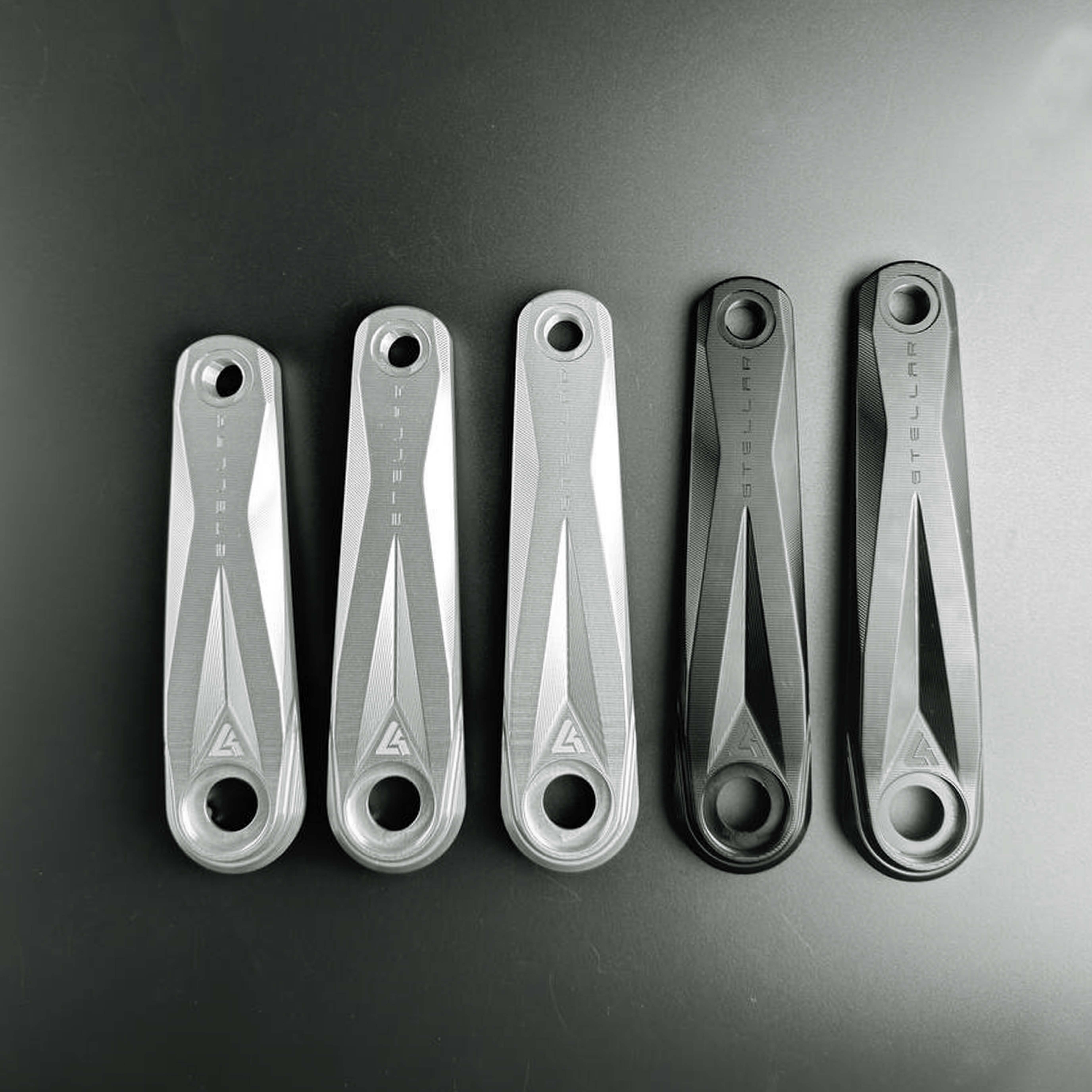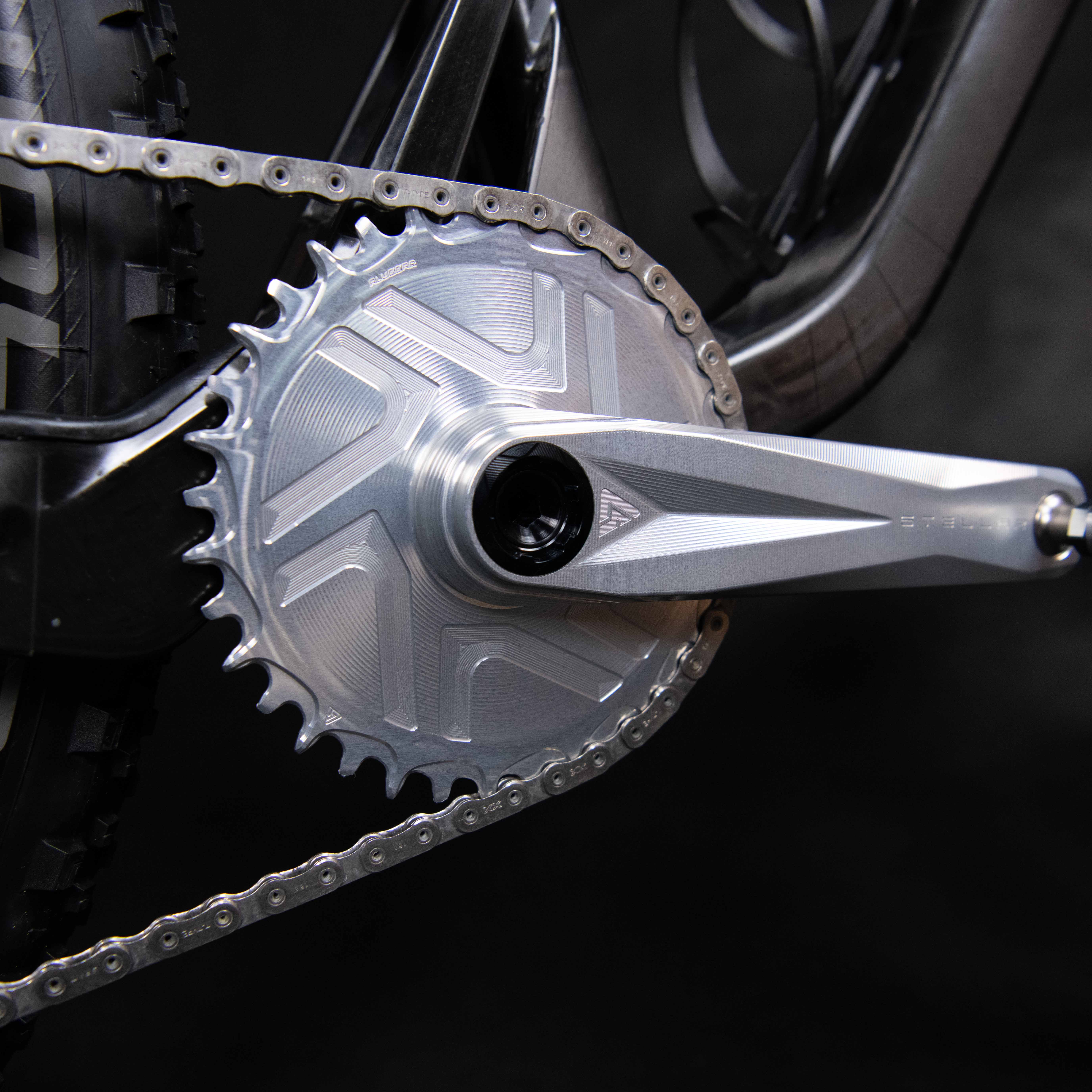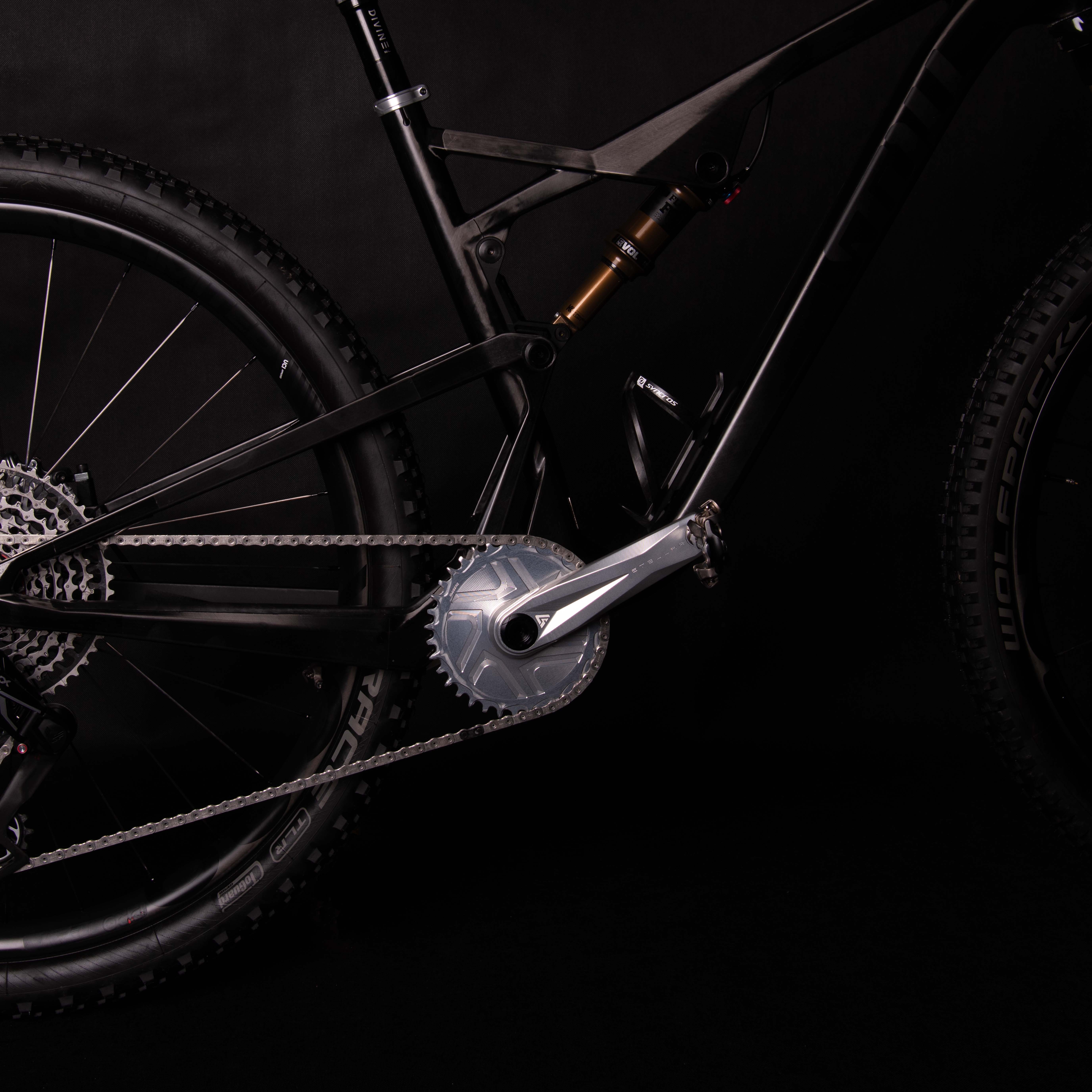Crank Length Trends in Mountain Biking: Why Shorter May Be Better

Mountain biking is evolving rapidly, and one exciting trend is shifting crank lengths. Historically, longer cranks (175mm and up) dominated, but today's riders increasingly opt for shorter cranks (155-170mm). Why the sudden change? Let's explore!
Shorter Cranks: Not Just for BMX and Enduro Anymore
Once primarily used in BMX and Enduro, shorter cranks have now entered cross-country (XC), trail, and all-mountain disciplines. They offer critical benefits:
-
Improved Ground Clearance: Short cranks significantly reduce pedal strikes, a massive advantage when navigating rocky or root-filled terrains. This makes them perfect for technical trails and Enduro.
-
Enhanced Maneuverability and Control: Shorter cranks reduce the range of leg movement, allowing quicker position shifts and better balance through corners or tricky obstacles.
Reducing Knee Stress
Recent studies have highlighted another advantage: shorter cranks may decrease knee strain. A shorter crank lessens the knee's bending angle during pedaling, making it ideal for long rides or riders prone to joint stress. Maintaining a consistent cadence becomes easier, enhancing comfort and reducing injury risks.
Customized Crank Length Selection
Modern bike-fitting techniques now allow precise crank length selection based on individual rider anatomy - especially leg length. Riders with shorter legs frequently benefit from cranks as short as 165mm, even in mountain biking disciplines traditionally dominated by 175mm cranks. Tailored fitting enhances both comfort and efficiency.

Influence of e-MTBs
The surge in electric mountain bikes (e-MTBs) also drives the shift towards shorter cranks, typically ranging between 150-165mm:
-
Greater Stability and Safety: E-MTB riders frequently tackle challenging trails. Shorter cranks reduce the risk of striking obstacles, enhancing rider confidence.
-
Energy Efficiency: Assisted pedaling from motors means shorter cranks remain comfortable without sacrificing power, helping riders conserve energy.
Pushing Boundaries: Ultra-short Experimental Cranks (145–160mm)
Manufacturers have begun experimenting with ultra-short crank lengths under 160mm, previously considered excessively short. Surprisingly, riders find they accelerate faster, making ultra-short cranks increasingly common in aggressive trail riding and downhill.
How to Choose Your Ideal Crank Length?
-
Consider Your Riding Style: Aggressive trail and Enduro riders benefit from shorter cranks (150-165mm), whereas XC and marathon riders might prefer traditional lengths (170-175mm).
-
Factor in Your Anatomy: Shorter legs typically align better with shorter cranks (below 170mm), enhancing comfort and safety.
-
E-MTB Riders Should Go Short: Shorter cranks provide better bike control on challenging terrain and leverage motor-assistance effectively.
Embrace the Future of Crank Length
Today’s MTB trends favor an adaptive, personalized approach to crank length. Shorter cranks, offering greater control, improved clearance, and reduced joint stress, are rapidly becoming the new standard. So next time you're upgrading your setup, consider going shorter - it just might transform your ride!


Comments
No comment at this time!
Leave your comment